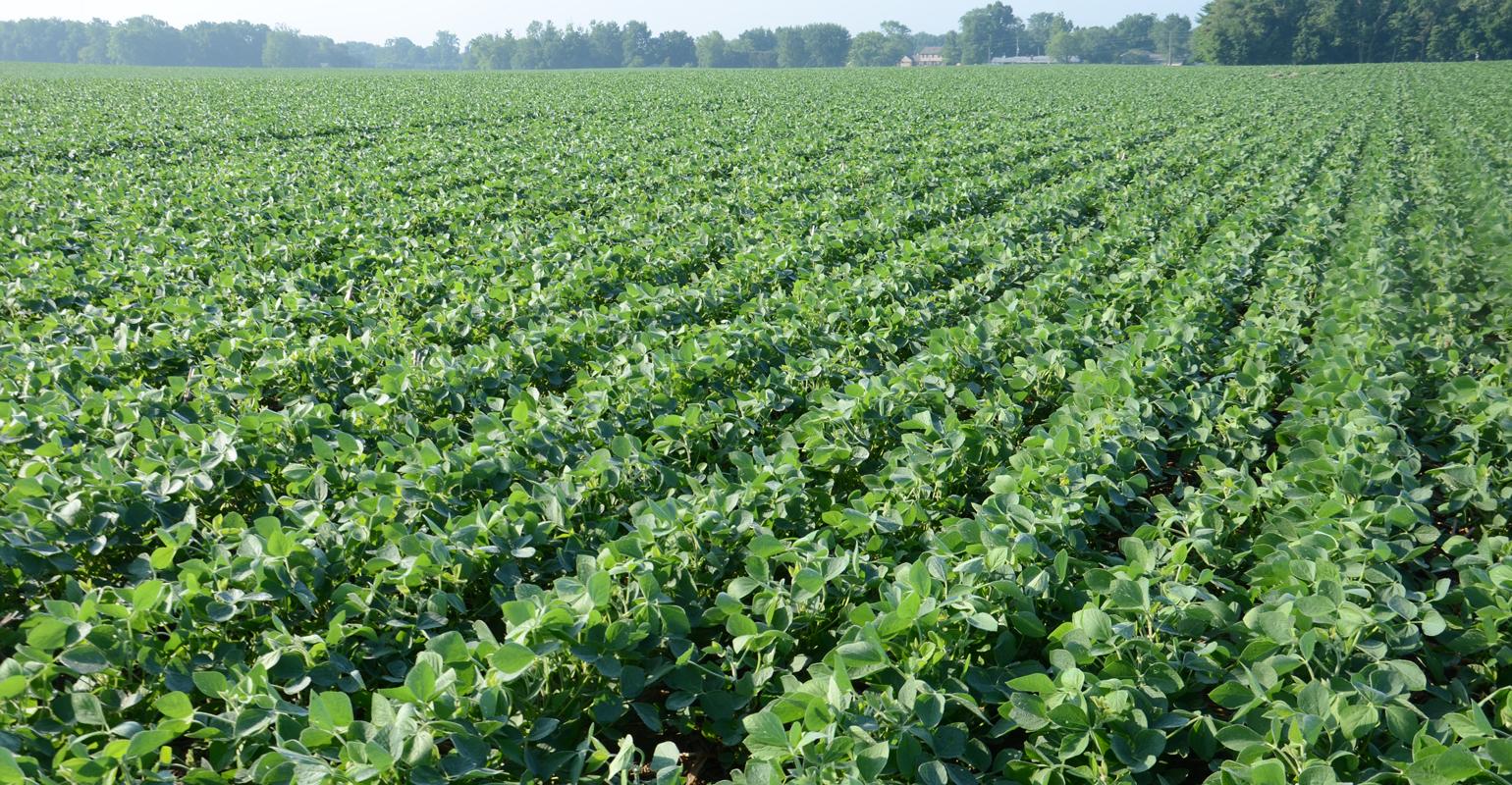Will foliar fertilizer help soybean yields?

Soybean Beat: Here’s what three certified crop advisers say about foliar fertilizers.
Apr 28, 2021
Our neighbor had several soybean fields over 70 bushels per acre. He applied foliar fertilizer. Should we consider foliar fertilizer? If so, which products? When should we apply?
The Indiana Certified Crop Adviser panel includes Betsy Bower, Ceres Solutions, Lafayette; Jamie Bultemeier, agronomist, A&L Great Lakes Lab, Fort Wayne; and Andy Like, farmer and CCA, Vincennes.
Bower: No matter what extra we applied in 2020, a foliar fertilizer, fungicide or both, soybeans rewarded us with more yield.
There are several foliar fertilizer products available. I would recommend a tissue test at early R3 to see what nutrients are low. Find a combination of a couple foliar fertilizers that will provide what you need.
In 2020, I compared average tissue sample levels of soybeans in 25 fields ranging from 80 bushels per acre down to 50, planted at different dates, on multiple soil types, irrigated and non-irrigated with all types of tillage practices. There wasn’t a clear nutritional trend regarding high yield soybeans vs. lower yield soybeans.
So, if you’re shooting from the hip, consider a mixed fertilizer with some nitrogen, phosphorus and potassium with sulfur, boron, zinc, manganese and calcium. Ideal timing would be around R3.
Bultemeier: Yield is maximized/limited by more than crop nutrition. Even if you use the exact same foliar program you neighbor is using, you may not get the same yield results. Take a strategic approach and compare final yields from new treatments to your standard fertility program. Dialing in foliar nutrition can be a multi-season process.
First, look to soil tests. Any low-testing nutrients are possible targets for foliar applications. However, it’s advisable to correct any soil fertility issues first before applying foliar fertilizers.
Second, take tissue samples to identify if soil nutrients are accessed by plants. Walk your fields for visual symptoms. Environmental and physical root limitations can reduce the plant’s ability to take up nutrients.
If possible, take the first tissue sample once the crop is established and has functioning nodal roots. This is about V2 to V3 in soybeans. Take the second sample before the more rapid growth stage, around bloom in soybeans. This shows how much nutrients amassed before plants started drawing heavily on reserves and maximizing the root system’s ability to take up nutrients.
Take another sample near the early stages of grain fill to evaluate if the plant maintained nutrient uptake at a rate rapid enough to meet needs through this period. This sampling strategy will help identify any nutrients that may be limited and when they’re needed. Effective foliar nutrient management requires applying the nutrient before the plant runs short.
Like: In my experience, positive yield responses to foliar fertilizers have been erratic and unpredictable. They are by no means a replacement for soil-applied macro nutrients but do have some utility to spot treat isolated fertility problems or max out high yield environments, especially for micronutrients. Tying foliar applications to soil and tissue testing makes sense if you have attempted to address issues with soil-applied nutrients.
Tissue testing can vary significantly with rainfall events and available soil moisture and often doesn’t correlate with soil tests. There are many foliar products. Take time to find one that contains enough of the nutrient you need and is formulated to not burn leaf tissue. Apply during high uptake periods and in response to a low tissue test or observation of deficiency symptoms.

